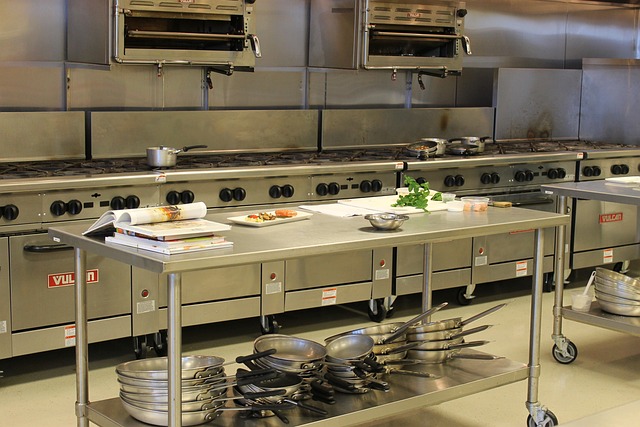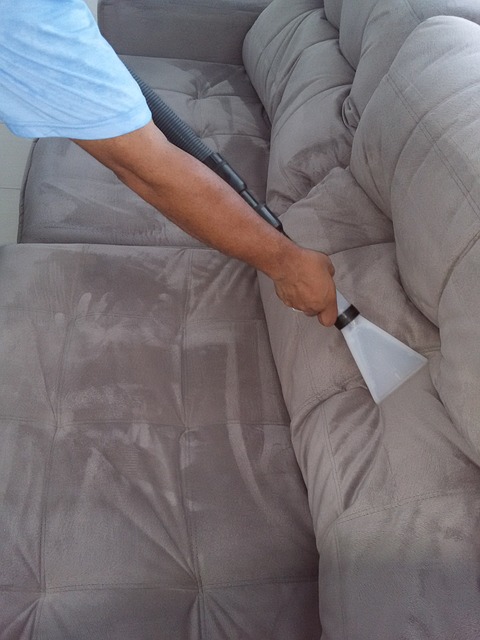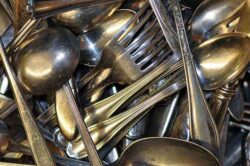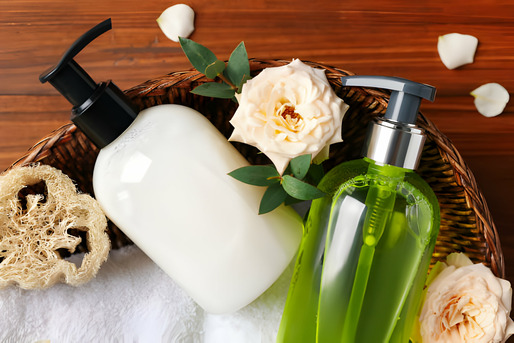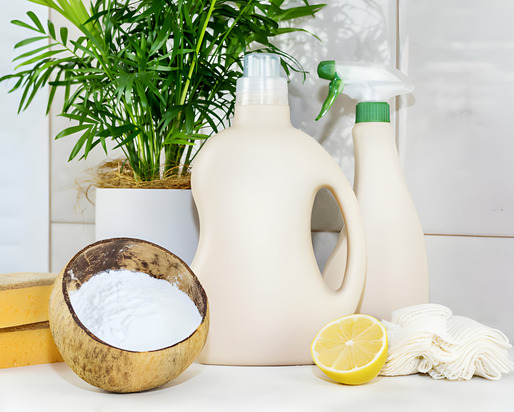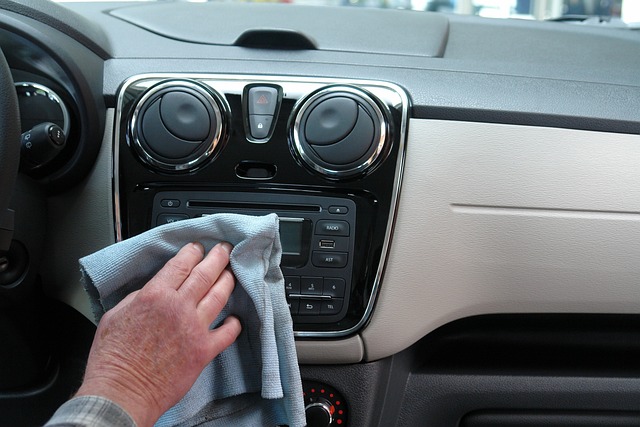Maintaining a spotlessly clean commercial kitchen cannot be stressed enough. Overlooking this vital business requirement could lead to catastrophic consequences, such as food poisoning for customers or, worse, closure of the establishment due to breaches of health and safety regulations. This article will tackle every corner of your commercial kitchen, providing an ultimate guide to commercial kitchen cleaning.
Commercial Kitchen Cleaning entails a comprehensive cleansing of the kitchen, including the utensils, appliances, floors, walls, ceilings, storage areas, and ancillary rooms. This process ensures that food handlers can work in a hygienic environment whilst serving clean and high-quality dishes. A casually clean kitchen just won’t cut it; you need a level of cleanliness that verges on obsessive!
The 5 Areas of Commercial Kitchen Cleaning
Commercial Kitchen Cleaning is not a haphazard process. You need to breakdown your cleaning tasks into five main areas: daily clean-up, weekly clean-up, monthly clean-up, semi-annual cleanup, and professional deep cleaning.
Daily clean-up involves tasks such as washing dishes, cleaning surfaces, and mopping floors. Weekly duties may include a deeper clean of the ovens or the refrigeration units, while monthly chores may involve cleaning out the grease traps or washing the ceiling and light fixtures. Semi-annual tasks, on the other hand, may involve a deep wash of the entire kitchen and ventilation system. Finally, professional deep cleaning involves hiring a team of professional cleaners to clean, sanitize, and inspect the entire kitchen thoroughly.
General Commercial Kitchen Cleaning Procedure
Here is a complete, easy-to-follow routine for Commercial Kitchen Cleaning:
1. Start with Dishwashing: Whether manually or with a machine, make sure all your cooking and serving dishes, utensils, and cutlery are cleaned and sanitized.
2. Clean the Equipment: The meat slicer, mixer, blender, and other equipment must be spotlessly cleaned.
3. Wipe the Surfaces: Countertops, cutting boards, and prep stations attract germs due to constant food contact. Clean and sanitize these surfaces to inhibit bacteria growth.
4. Consider Your Cooking Appliances: The grill, deep fryers, soup pots, and other cooking appliances need to be thoroughly cleaned, especially from stubborn grease build-up.
5. Don’t Forget the Kitchen Hood: Oily smoke residue forms a thick layer of soot inside kitchen hoods. Cleaning this part is crucial for fire prevention and clean air circulation.
6. Freshen the Fridge: Don’t forget to clean your fridges and freezers regularly. This helps prevent cross-contamination from raw and cooked food.
7. Mop the Kitchen Floors: The floors of a commercial kitchen can become a safety hazard if not kept clean and dry.
8. Clean the vents: The vents should be cleaned regularly to allow proper ventilation in the kitchen.
9. Call in the Professionals: Professionals specialise in deep kitchen cleaning. They have the tools and expertise to clean your kitchen from top to bottom and eliminate any health risks.
Daily Cleaning Tasks
To maintain a clean and functional kitchen, there are daily cleaning tasks that should be performed. Here’s a checklist of essential daily cleaning tasks:
- Clearing and Wiping Down Surfaces:
- Clear all surfaces of any clutter or unnecessary items.
- Wipe down countertops, cutting boards, and prep areas with an all-purpose cleaner or sanitizing solution.
- Pay special attention to areas where food particles may accumulate, such as cracks and crevices.
- Cleaning and Sanitizing Utensils and Equipment:
- Wash and sanitize utensils, cutting boards, and food preparation equipment after each use.
- Use hot water and soap to wash utensils, followed by a thorough rinse and sanitization using a food-safe sanitizing solution.
- Emptying and Sanitizing Trash Bins:
- Regularly empty trash bins and dispose of waste properly.
- Clean and sanitize trash bins to prevent unpleasant odors and the growth of bacteria.
- Sweeping and Mopping Floors:
- Sweep the floors to remove any debris or food particles.
- Mop the floors using a suitable commercial kitchen floor cleaner to ensure cleanliness and prevent slips or falls.
- Checking and Restocking Cleaning Supplies:
- Monitor your inventory of cleaning supplies and restock as needed.
- Ensure that hand sanitizers and soap dispensers are filled.
Weekly Cleaning Tasks
In addition to daily cleaning, certain tasks should be performed on a weekly basis to maintain a thorough level of cleanliness. Here’s a list of important weekly cleaning tasks:
- Deep Cleaning of Cooking Equipment:
- Clean ovens, grills, fryers, and other cooking equipment thoroughly.
- Follow the manufacturer’s instructions for cleaning each appliance, using appropriate cleaning products.
- Pay attention to hard-to-reach areas and remove any built-up grease or residue.
- Descaling and Sanitizing Dishwashers:
- Descaling and sanitizing the dishwasher helps maintain its efficiency and prevents the buildup of mineral deposits.
- Use a suitable dishwasher cleaner and follow the manufacturer’s instructions.
- Cleaning and Sanitizing Refrigerators and Freezers:
- Remove all items from refrigerators and freezers.
- Clean interior surfaces with a mild detergent, then rinse and sanitize.
- Check for expired items and dispose of them appropriately.
- Sanitizing Food Storage Areas:
- Empty and sanitize storage areas, such as shelves and cabinets, to prevent the accumulation of dirt, pests, or bacteria.
- Use a food-safe sanitizing solution and ensure all surfaces are thoroughly cleaned.
- Washing and Replacing Kitchen Linens:
- Launder kitchen towels, aprons, and other linens regularly.
- Replace worn-out or stained linens to maintain cleanliness and professionalism.
- Cleaning Exhaust Hoods and Vents:
- Grease and dirt can accumulate in exhaust hoods and vents, posing fire hazards and affecting air quality.
- Clean and degrease exhaust hoods and vents to ensure proper ventilation and safety.
Monthly and Seasonal Cleaning Tasks
In addition to daily and weekly cleaning, there are monthly and seasonal tasks that should not be overlooked. Here’s a breakdown of these important cleaning tasks:
- Deep Cleaning Hard-to-Reach Areas:
- Take the time to clean hard-to-reach areas, such as behind equipment, under sinks, and along baseboards.
- Use a vacuum cleaner, duster, or microfiber cloth to remove dust, dirt, and cobwebs.
- Inspecting and Cleaning Drains:
- Regularly inspect and clean drains to prevent clogs and unpleasant odors.
- Use a drain cleaner or a mixture of baking soda and vinegar to keep drains flowing smoothly.
- Cleaning and Maintaining Ventilation Systems:
- Hire a professional to clean and maintain the ventilation system to ensure proper airflow and remove grease buildup.
- Deep Cleaning Floors and Grout:
- Periodically deep-clean floors and grout using suitable cleaning products and equipment.
- Scrub and remove any stains, paying attention to high-traffic areas.
- Checking and Testing Fire Suppression Systems:
- Regularly check and test fire suppression systems, such as sprinklers and fire extinguishers, to ensure they are in working order.
- Follow local fire safety regulations and guidelines.
- Conducting Pest Control Measures:
- Schedule regular pest control inspections and take necessary preventive measures to avoid infestations.
- Seal any cracks or openings that pests may use to enter the kitchen.
Essential Cleaning Supplies for Commercial Kitchen Cleaning
Before diving into the cleaning process, let’s gather the necessary supplies. Here are some essential cleaning supplies you should have on hand:
- General Cleaning Supplies:
- All-purpose cleaner
- Degreaser
- Microfiber cloths
- Sponges and scrub brushes
- Bucket and mop
- Sanitizing and Disinfecting Supplies:
- Food-safe sanitizing solution
- Bleach or hydrogen peroxide for disinfecting surfaces
- Disposable gloves
- Disposable wipes
- Specialty Cleaning Products:
- Oven cleaner
- Stainless steel cleaner
- Drain cleaner
- Floor cleaner suitable for commercial kitchens
Remember, it’s essential to choose cleaning products that are safe for food preparation areas and follow the instructions on their labels.
Importance of a Clean Commercial Kitchen
A clean commercial kitchen is the cornerstone of a successful food establishment. Here’s why it’s crucial to prioritize cleanliness:
- Compliance with Health and Safety Regulations:
- Health and safety regulations require commercial kitchens to maintain high cleanliness standards to prevent foodborne illnesses and other health hazards.
- Non-compliance can lead to penalties, legal issues, and reputation damage.
- Enhanced Food Quality:
- A clean kitchen ensures that your ingredients and prepared dishes are not contaminated, preserving their freshness and taste.
- Customers will appreciate the high-quality food and are more likely to return.
- Prevention of Cross-Contamination:
- Regular cleaning prevents cross-contamination between different food items, reducing the risk of allergies and foodborne illnesses.
- Proper storage and cleaning techniques minimize the transfer of bacteria and allergens.
- Extended Lifespan of Equipment:
- Regular maintenance and cleaning of kitchen equipment, such as ovens, grills, and fryers, extend their lifespan and reduce the need for costly repairs or replacements.
- A clean kitchen also ensures that equipment operates at optimal efficiency, saving energy and reducing utility costs.
Conclusion
In the culinary world, “clean as you go” is more than an adage; it is a survival strategy. Whether you run a small café, a bustling restaurant, or a large catering business, maintaining a clean kitchen is a non-negotiable necessity.
This guide to Commercial Kitchen Cleaning is a fantastic starting point, but never underestimate the power of professional help. The hard-to-reach corners or seemingly invisible harmful bacteria might escape your utensils, but not the keen eyes of a professional cleaner. So, take appropriate action, set your cleaning schedules, and remember to involve experts for thorough sanitation. A clean kitchen is a successful kitchen!





